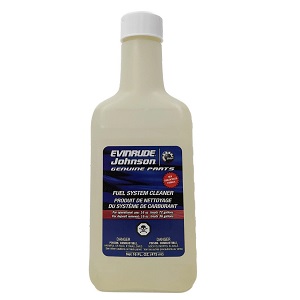- Home
- Cart
- Browse Products
- Catalogues
- Arco Marine
- Athena
- BEP Marine
- Bob's Machine Shop
- CDI Electronics
- Champion Spark Plugs
- Evinrude Accessories
- GB Remanufacturing
- JB Weld
- Jaltest Diagnostics
- Kicker Audio
- Martyr Anodes
- Mercury Accessories
- NGK Spark Plugs
- Narva Marine
- Shields Fuel Hose
- Solas Propellers
- Suzuki Accessories
- Volvo/Yanmar Parts (CROM)
- Wiseco Pistons
- Technical Resources
- Parts Diagrams
- Product Information
- Promotions
- PROMT News
- Prop Finder
- Video Library
- About Us
- Contact Us
- Find Us on Social
Why to Use Fuel Stabilizer When Winterizing Your Boat
Winterizing your boat is a necessary task for keeping it in top condition, and one of the most important aspects of winterizing is treating your fuel. When fuel sits in a boat's tank for an extended period, it can deteriorate and cause problems like clogged filters, fuel system corrosion, and engine damage. That's where fuel stabilizer comes in. In this article, we'll go over the step-by-step process of using fuel stabilizer in your boat's petrol tank for winterization.
What is Fuel Stabilizer?
Fuel stabilizer is a chemical additive that prevents the fuel from deteriorating over time. When fuel sits for an extended period, it can begin to break down due to exposure to oxygen and moisture, leading to the formation of gum, varnish, and other deposits that can clog fuel lines and carburettors. Fuel stabilizer contains chemicals that neutralize these harmful compounds, preventing them from forming and keeping the fuel fresh for longer periods.
Why Use Fuel Stabilizer for Winterization?
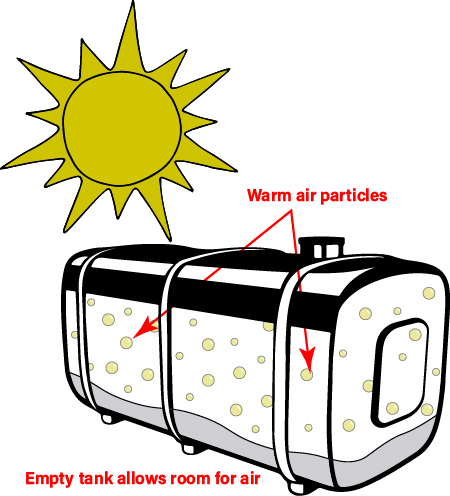
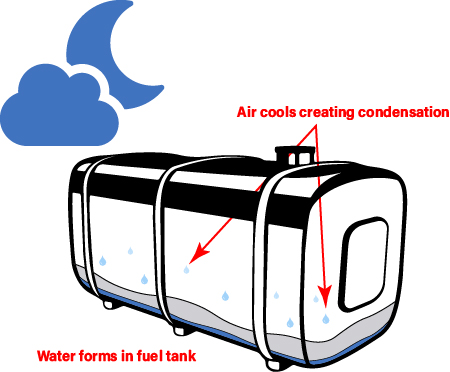
During the winter months, when boats are often stored for extended periods, fuel stabilizer is especially important. As temperatures drop, the fuel in your boat's tank can be exposed to even more moisture, which can cause condensation to form and lead to water contamination. Water in your fuel can cause a host of problems, from clogged filters to engine damage, so it's essential to take steps to prevent it.
Fuel stabilizer also helps prevent the build-up of deposits that can form in your fuel system over time. These deposits can clog fuel lines and carburettors, leading to poor engine performance, reduced fuel efficiency, and even engine damage. By using fuel stabilizer, you can help prevent these problems and keep your engine running smoothly.
Step-by-Step Guide to Using Fuel Stabilizer for Winterization
- Fill up Your Tank: First, fill your boat's petrol tank as full as possible. This helps minimize the amount of air in the tank, which can cause fuel to deteriorate more quickly. Plus, a full tank helps prevent moisture from forming in the tank and can help keep the fuel fresh for longer periods.
- Add the Stabilizer: Next, add the appropriate amount of fuel stabilizer to your tank. The amount you need will depend on the size of your tank and the brand of stabilizer you're using, so be sure to check the label for specific instructions. In general, you'll need about 30 millilitres of stabilizer per every 10 litres of fuel.
- Run the Engine: After adding the stabilizer, run the engine for several minutes to help distribute the stabilizer throughout the fuel system. This ensures that the stabilizer reaches all areas of the fuel system, including the carburettor, fuel lines, and fuel injectors.
Conclusion
Using fuel stabilizer is an essential step in winterizing your boat's fuel system. By taking the time to add stabilizer to your petrol tank and follow the steps outlined above, you can help prevent the build-up of harmful deposits, protect your engine from damage, and keep your fuel fresh for longer periods. Whether you're a seasoned boater or a beginner, using fuel stabilizer is an easy and effective way to ensure your boat is ready to go when the weather warms up again.
Recommended Products
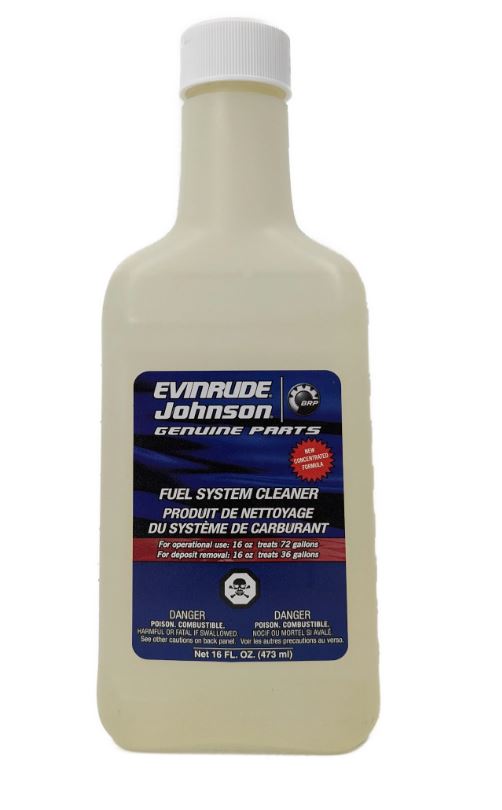 Fuel Systems Cleaner |
 Carbon Guard Petrol Additive |
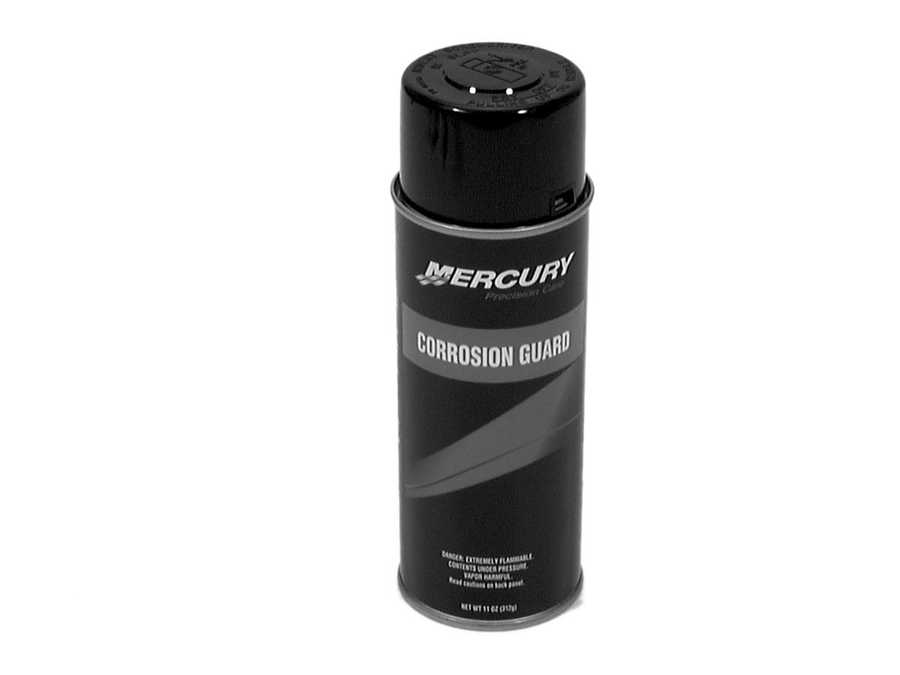 Marine Corrosion Guard |
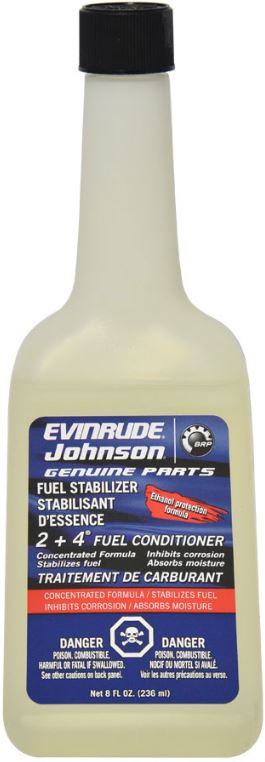 Fuel Stabilizing Petrol Conditioner |

